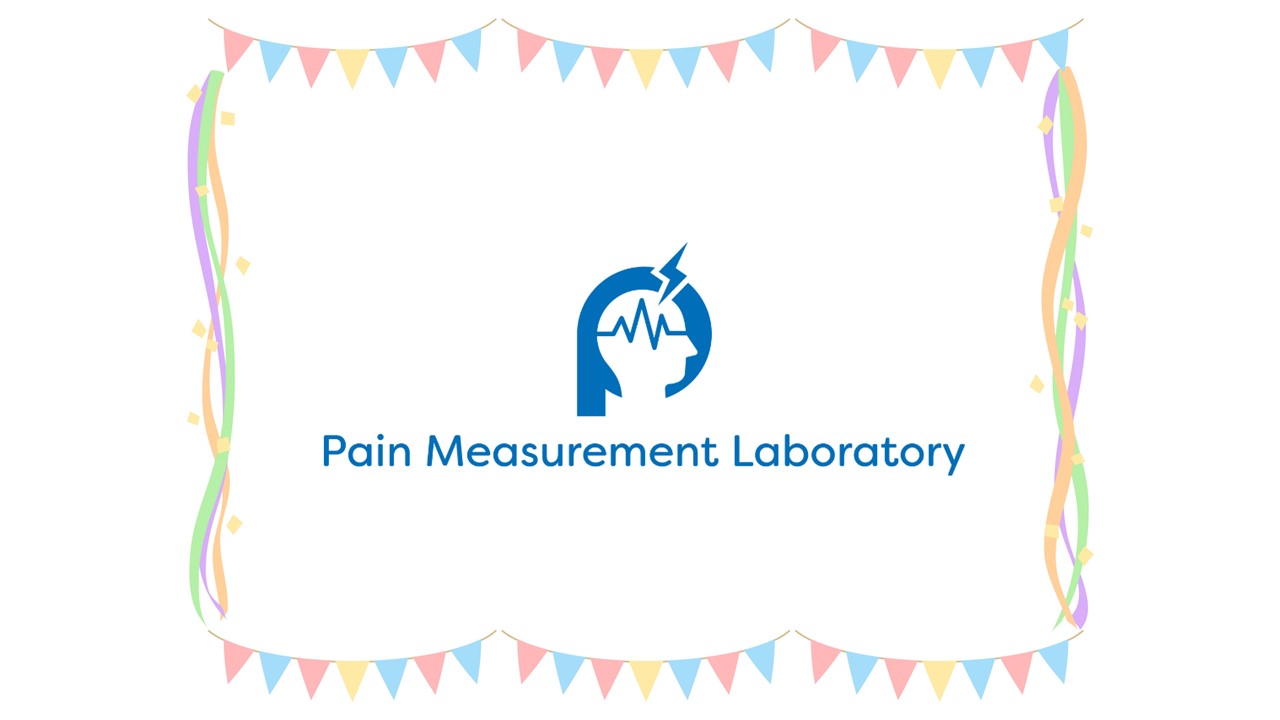
PaMeLa Inc. provided a pain assessment support system (commonly known as “PMS-2”) to a research group led by Associate Professor Kunihiro Nakai (Department of Plastic and Reconstructive Surgery) at the University of Fukui Hospital, and a research group led by Professor Tateki Kubo (Department of Plastic Surgery) at Osaka University Hospital, and an investigator-initiated clinical trial aimed at evaluating the performance of PMS-2 began on March 7, 2024.
This clinical trial will target patients undergoing surgery under general anesthesia, and will incorporate PMS-2 in order to objectively monitor the efficacy of analgesics against postoperative pain, to analyze changes in electroencephalograms before and after the administration of analgesics against postoperative pain, and to evaluate the validity of the analysis.
Background to the clinical trial
Pain after surgery can sometimes be unbearable, yet pain assessment typically relies on the patient’s self-reporting. Currently, there are no devices that can provide an objective assessment, and many patients suffer because they are unable to use analgesics appropriately.
Although international guidelines have been established with the aim of controlling pain, a survey in the United States reported that 86% of patients experienced post-operative pain, with 75% experiencing moderate to severe pain, and 39% reporting that their moderate to severe pain continued even after analgesic administration(Note 1). How patients express pain differs from one patient to another, which sometimes results in under- or over-administration of analgesics.
To solve this problem, we have already conducted investigator-initiated exploratory clinical trials using a pain assessment support system (commonly known as “PMS-1”). The results showed that patients who received surgery under general anesthesia experienced a significant decrease in their estimated Pain Score (PS) before and after the administration of analgesics for postoperative pain, and there was a significant correlation between changes in VAS (Note 2) and NRS (Note 3) and the estimated Pain Score (PS).
(Note 1) Curr Med Res 2014; 30:149-160
(Note 2) VAS
An abbreviation for “Visual Analogue Scale,” where a visual scale, a 10 cm long black line (with the left end representing “no pain” and the right end representing “the severest pain imaginable”) is shown to the patient to have the patient indicate the level of their current pain.
(Note 3) NRS
An abbreviation for “Numerical Rating Scale,” a graded scale that indicates the level of current pain on an 11-point scale from 0 to 10, where 0 represents “no pain” and 10 represents “the severest pain imaginable.”